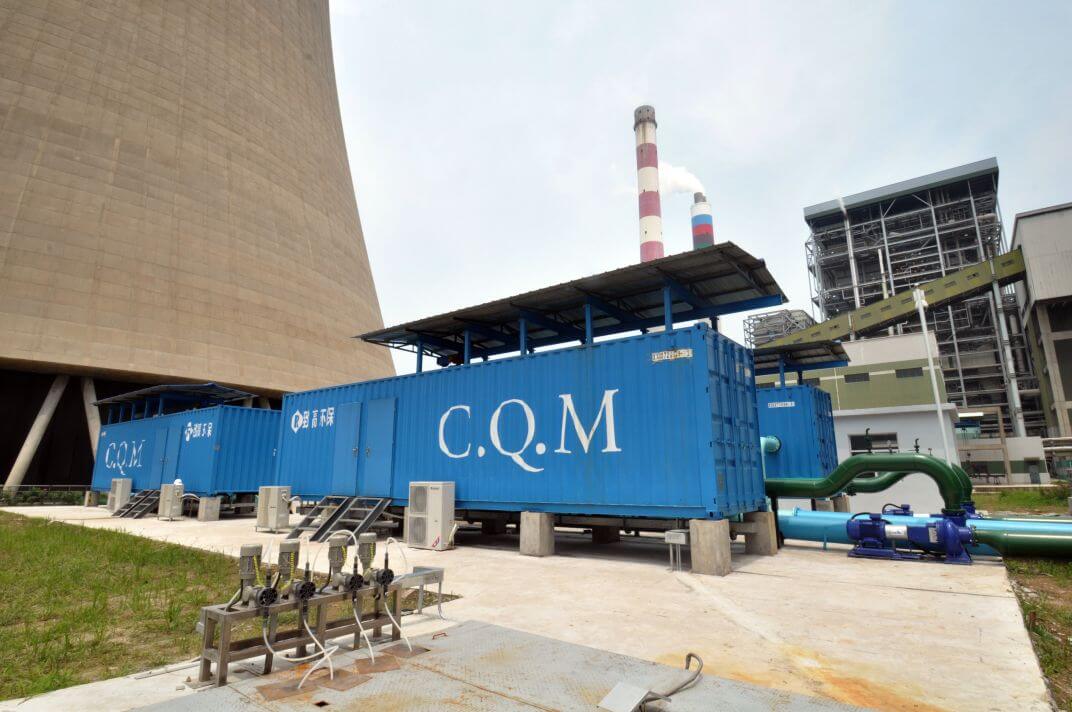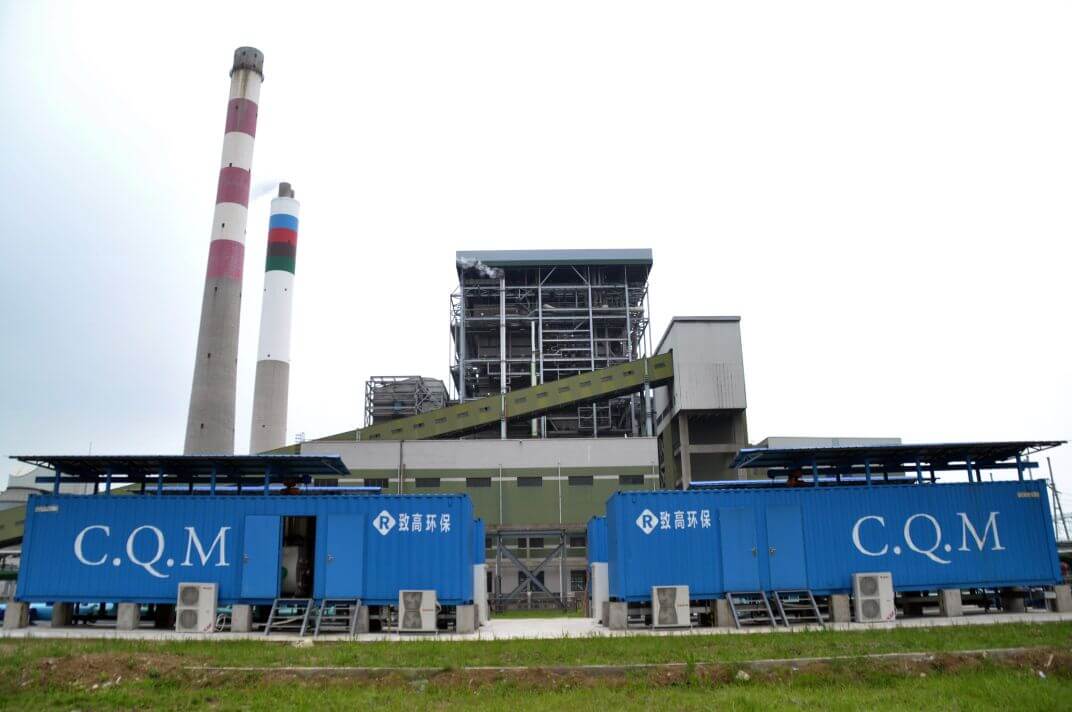Operation and water consumption of cooling towers

Natural draft cooling towers, also commonly called hyperbolic or hyperboloid towers are commonly used in industrial facilities where the total heat extraction rate is at the level of several hundred MW.
Water evaporation accounts for 70% – 80% of the water consumed in cooling towers.
The actual amount of water evaporated is determined by the wet-bulb temperature and by the cooling demand of the system.
Upon evaporation, the water leaves behind salts, carbonates and other solids, that are added to those contained in the water remaining in the circuit, gradually increasing their concentration.
To control the concentration of salts and carbonates and other dissolved solids, it is required to purge water from the basin. This water blow-down represents approximately 20-30% of the water consumed in the towers.
The cooling tower also acts as a mighty air cleaner, absorving dirt and bacteria suspended in the air which accumulate at the basin of the cooling tower.
Energy Efficiency of Natural Draft Cooling Towers
The performance of a cooling tower degrades when the efficiency of the heat transfer process declines. When water evaporates from the cooling tower, the remaining minerals leave scale deposits on the surface of the tower fill. This scale build-up acts as a barrier that prevents the transfer of heat from the water to the air.
Dirt, algae and sediment gather in the water basin together with the remaining minerals from the evaporated water, and travel through the cooling water circuit creating deposits and even clogging the spray nozzles. This causes uneven water distribution over the filling, resulting in uneven air flow and a reduced heat transfer surface area.
The reduced heat transfer capacity reduces the working efficiency of the towers and the energy efficiency of the condensing system – sometimes in closed loop water systems (i.e. power consumption of the compressor).
Disadvantages of chemical water treatment
- Fails to remove all the dirt and keep clean of scale the cooling tower’s fill, affecting the cooling efficiency of the tower.
- Requires to maintain low cycles of concentration, resulting in larger water consumption due to blow-down.
- High cost.
- Limited reuse of blow-down water.
- Harms the environment.

